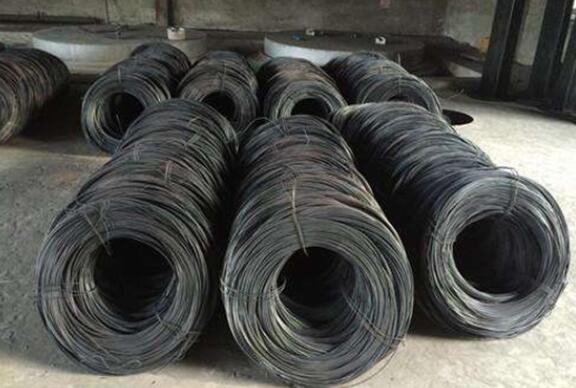The Cattle Grid Fence An Ingenious Solution for Livestock Management
In the realm of agricultural practices and livestock management, efficient barriers are crucial to maintain the safety and organization of farms. One such innovative solution is the cattle grid fence. This unique structure not only serves as a physical barrier to keep livestock in designated areas but also offers several other benefits, making it an essential feature in modern farming.
What is a Cattle Grid Fence?
A cattle grid fence, also known as a cattle guard, is a type of fence designed specifically for livestock control
. Unlike traditional fences that enclose livestock within a specified area, a cattle grid consists of a series of bars or grates arranged in a grid pattern, set into an opening in a fence line or across a road. The primary intention of this design is to prevent livestock, particularly large animals like cattle, from crossing over it while allowing vehicles to pass without obstruction.How Does it Work?
The functionality of a cattle grid is quite simple yet effective. Cattle, having four legs and a substantial body mass, find it challenging to navigate over the grid. The gaps between the bars are generally wide enough to prevent livestock from placing their feet on solid ground, deterring them from crossing. Additionally, the inclination and design of the grid induce a natural apprehension in the animals, further enhancing its efficacy.
Advantages of Cattle Grid Fences
1. Enhanced Safety One of the most significant advantages of a cattle grid is the enhanced safety it provides for both livestock and vehicles. By creating a barrier that livestock cannot cross, it reduces the likelihood of accidents on roads that may run through or near farming areas. Farmers can allow vehicles to traverse the property without the worry of cattle wandering onto the road.
cattle grid fence

2. Minimized Maintenance Traditional fencing systems often require ongoing maintenance to ensure their integrity. Wooden or barbed wire fences can rot, rust, or become damaged, necessitating constant repairs. In contrast, cattle grids are generally constructed from durable materials such as steel or reinforced concrete, which can withstand harsh weather conditions and require minimal maintenance.
3. Cost-Effective While the initial installation of a cattle grid may involve higher upfront costs compared to traditional fencing, the long-term savings can be substantial. Reduced labor costs for maintenance and fewer resources required for repairs contribute to this cost-effectiveness, making cattle grids a smart investment for farmers.
4. Land Utilization Cattle grids allow for easier movement of livestock while maximizing land use. They enable farmers to manage grazing areas more effectively, keeping livestock in designated pastures while permitting easier access for vehicles and equipment. This efficient land utilization can lead to improved agricultural productivity.
5. Environmental Impact By reducing the need for extensive fencing, cattle grids can mitigate the environmental footprint of farming operations. Fewer materials are required for construction, and less land is disturbed when installing grids compared to traditional fencing methods. This eco-friendliness aligns with modern agricultural practices that prioritize sustainability.
Conclusion
The cattle grid fence represents a remarkable advancement in livestock management, merging functionality with efficiency. Its design and construction provide numerous benefits that enhance safety, reduce maintenance, and improve land management. As farmers continue to adapt to the challenges of modern agriculture, solutions like the cattle grid fence will undoubtedly play an increasingly pivotal role in the effective management of livestock.
In an age where sustainable practices and efficient resource use are more critical than ever, the cattle grid stands out as a testament to human ingenuity in agriculture, balancing the needs of livestock, land, and the environment while ensuring operational efficiency. The future of farming may very well hinge on such innovative solutions that align traditional practices with modern technological advancements.

















